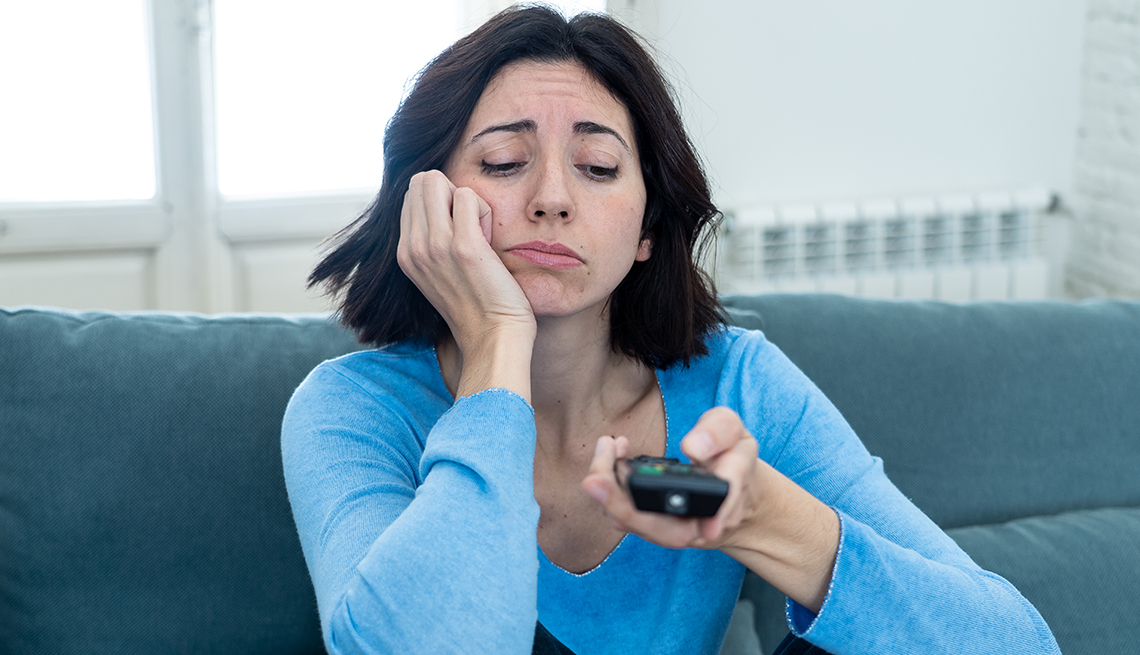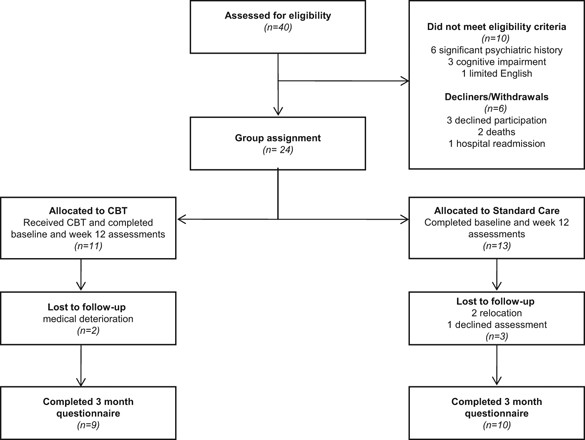
- Select a language for the TTS:
- UK English Female
- UK English Male
- US English Female
- US English Male
- Australian Female
- Australian Male
- Language selected: (auto detect) - EN
Play all audios:
3. DRINKING MORE THAN A GLASS OF WINE OR TWO DAILY Nothing wrong with having a glass of wine. But go beyond the one-to-two drink mark, and things suddenly change. “Within limits, alcohol is
linked with a number of health benefits, including reduced inflammation, decreased clots and decreased insulin resistance, which is linked to type 2 diabetes,” says Maryniuk, who notes these
gains are seen most in women and in non-Asian populations. To reap only the rewards of a daily tipple, follow the recommendation of the ADA and other health organizations and limit
consumption to one drink per day for women and two per day for men. And aim to eat as you sip. In a_ _study_ _of about 312,000 drinkers, published in 2022 in_ The American Journal of
Clinical Nutrition_, participants who consumed moderate amounts of alcohol with meals, especially wine, had a 12 percent lower risk of developing type 2 diabetes — compared with those who
drank outside meals. Though the links between drinking a moderate amount of alcohol and reducing your risk for diabetes are not definitive, “we do know that too many calories can lead to
weight gain, and carrying excess weight is a risk factor for type 2 diabetes,” Maryniuk says. “It’s easy for the plan to have ‘one drink a day for my health’ to turn into two drinks — plus
cheese and crackers and chips and dip. Before you know it, the possible health benefits have been wiped away with the additional calories and likely weight gain.” Plus, too much alcohol can
lead to chronic inflammation of the pancreas, which can impair its ability to secrete insulin, potentially leading to diabetes, according to the Mayo Clinic. 4. SKIMPING ON SHUT-EYE It
isn’t the occasional bout of insomnia that wreaks havoc. It’s night-after-night, chronic sleep deprivation that raises your risk for diabetes. In a study of almost 337,000 people, published
in 2022 in the journal _Diabetes Care_, participants who reported difficulty getting to sleep or staying asleep had higher blood sugar levels than those who said they rarely had sleep
issues, suggesting that insomnia may increase the risk of developing type 2 diabetes. How so? “With ongoing sleep loss, your hormone levels can get thrown out of balance,” Maryniuk says. As
a result, “the body may release more stress hormones, such as cortisol, which push up blood sugar. In addition, less insulin is released after meals, leading to higher blood glucose levels.
These two factors over time increase blood glucose — and raise the risk of getting diabetes.” That’s not all: Research shows that poor sleep (in terms of both quantity and quality)
increases your appetite and reduces your level of satiety, causing you to crave carbs and sweets in particular. Besides affecting insulin and blood sugar levels, that can lead to weight
gain. 5. SMOKING Add this to the long list of incentives to give up cigarettes: Smokers are 30 to 40 percent more likely to develop diabetes than nonsmokers, and heavy smokers have an even
greater risk, according to the Centers for Disease Control and Prevention (CDC). Experts can’t establish a direct cause-and-effect link, given how other risk factors — such as stress, diet,
levels of physical activity and distribution of body fat — are hard to separate. But a review of studies published in a 2019 issue of _Diabetology & Metabolic Syndrome_ suggests that
cigarette smoking was the sole culprit in at least 25 million cases of diabetes worldwide. Struggling to kick the habit? Talk to your doctor about what method makes sense for you. A 2020
report from the U.S. Surgeon General suggests that a combination of behavioral support, smoking cessation meds (such as Chantix and Zyban) and nicotine replacement therapy (such as patches,
lozenges, nasal spray and gum) may double your chances of quitting.

:max_bytes(150000):strip_icc():focal(319x0:321x2)/people_social_image-60e0c8af9eb14624a5b55f2c29dbe25b.png)




